PURPOSES OF CACUP-ASLP
- Establish accreditation standards for the education of audiologists and speech-language pathologists.
- Evaluate the effectiveness of individual university programs in providing education that allows its graduates to achieve national, entry-level competencies in audiology or speech-language pathology.
- Support the growth and development of Canadian academic programs in audiology and speech-language pathology, and thereby contribute to the growth and development of the professions of audiology and speech-language pathology in Canada, through continuous improvement of accreditation standards and the accreditation process.
- Identify to the public the programs that meet accreditation standards.
PRINCIPLES UNDERLYING CACUP-ASLP PROCESSES
- There is a core minimum knowledge base and skill set (entry-level competencies) required for entry-level practice as an audiologist or speech-language pathologist.
- Accredited programs will provide education that enables graduates to achieve the required knowledge and competencies for entry-level practice of audiology and speech-language pathology in Canada.
- The process of program evaluation produces relevant, useful input to programs to stimulate their continuous self-improvement.
- The autonomy of individual programs and universities is respected with regard to how the knowledge and entry-level competencies requirements are met. Differences among academic programs are expected, and responsible innovation is encouraged.
- Review teams will be comprised of individuals with expertise in the education and practices of speech-language pathologists and audiologists. In addition, reviewers will receive orientation and training in accreditation policies and procedures.
- Reviews of individual programs are conducted at arm’s length from the program under review.
- The evaluation process is conducted in a fair-minded, transparent manner and ensures utmost confidentiality of material reviewed.
- The process is conducted as efficiently as possible, to minimize costs and duplication of work and effort for the accrediting body and the applicant program.
- The accreditation system itself requires ongoing (re-)evaluation.
